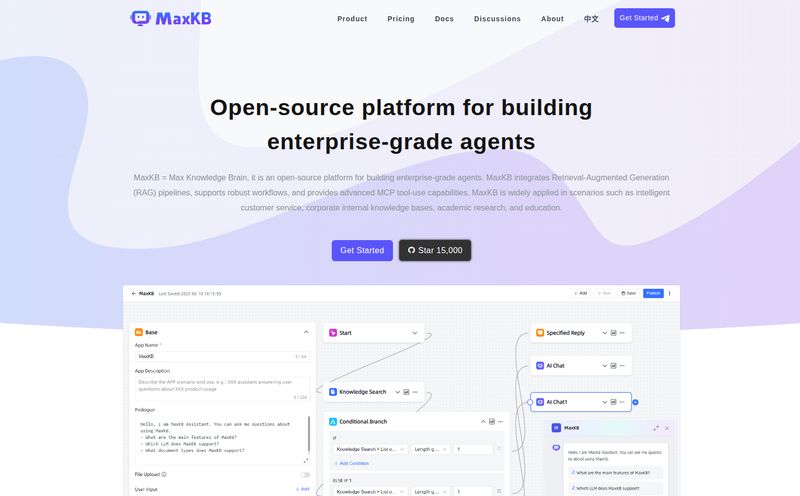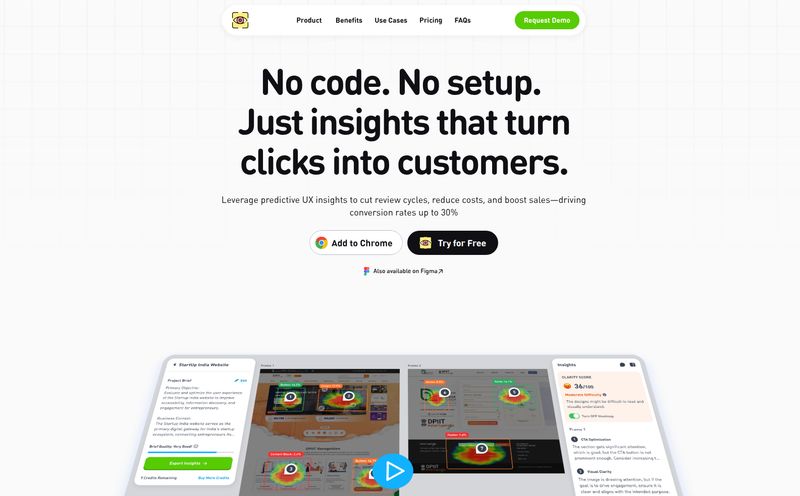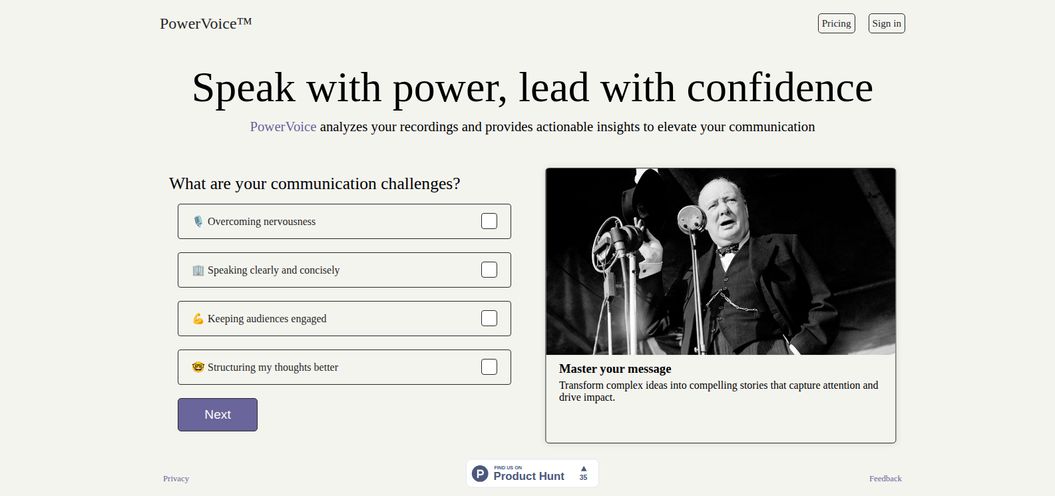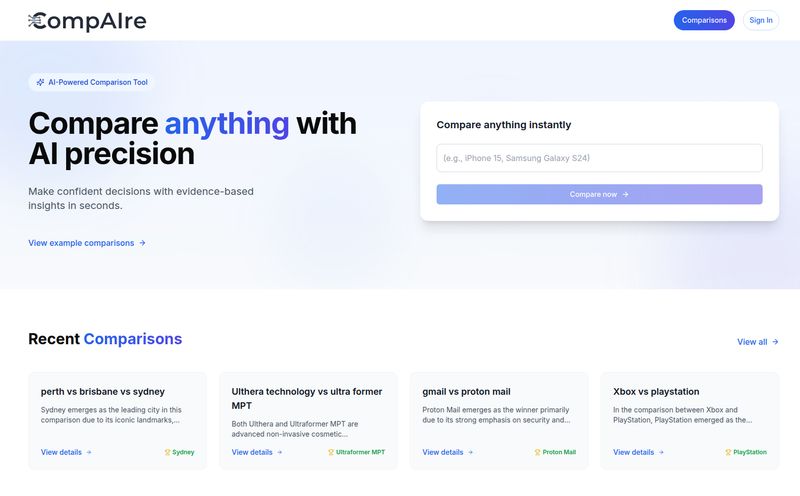If you’re in any kind of project-based work, your digital life is probably a mess. I know mine is. I’ve got Trello for one client, Asana for another, a Gantt chart living in some obscure spreadsheet, budget details in a separate Excel file, and team communications scattered across Slack, email, and carrier pigeon. It’s organized chaos on a good day, and just plain chaos on most others. We spend half our time just trying to find the information we need to start the actual work. It’s exhausting.
So when I hear about another “all-in-one” platform, my inner cynic immediately perks up. Yeah, right. Another tool that promises to be the single source of truth but ends up being just another tab to keep open. But every so often, something comes along that makes me pause. Recently, that something has been missionX.
They call it an “AI-augmented mission achievement platform,” which is a mouthful, but the core promise is simple: manage projects, portfolios, and resources in one place, with AI doing a lot of the heavy lifting. I've seen them flaunting big names like Google and Grant Thornton, which definitely caught my eye. So, I decided to take a look and see if it’s genuinely different, or just more of the same old song and dance.
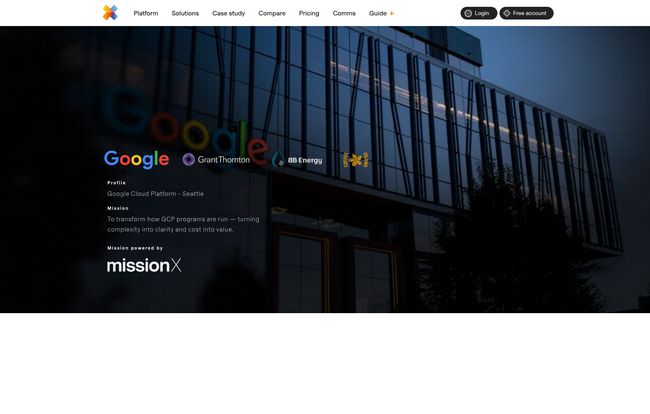
Visit missionX
So, What Exactly is missionX? More Than Just a To-Do List
At its heart, missionX isn't just a task manager. It's trying to be the central nervous system for your projects. The idea is to create a single environment where you plan the big picture (the portfolio), manage the day-to-day (the projects), and allocate your most important asset (your people's time) without jumping between a dozen apps.
What really stood out to me from their pitch is the focus on being ready “out-of-the-box.” As an SEO and marketing guy, not a developer, the phrase “no coding or consultants needed” is music to my ears. The last thing I want is to spend three weeks and a small fortune just setting up a tool that’s supposed to save me time.
"We'd spend countless hours in and out of spreadsheets for status updates, ad-hoc reports, managing budgets, and resource asks. [missionX] enables a single source of truth across our entire global portfolio."
Hearing that from someone at Google... well, it makes you lean in a little closer. They’re dealing with a scale of complexity most of us can only dream of. If it works for them, it’s got to have something going for it.
The Features That Actually Matter
A feature list is just a list until you see how it actually helps. Here’s what I think are the most compelling parts of the missionX platform.
AI-Powered Project Management (The "Smart" Stuff)
"AI" is the marketing buzzword of the decade, but what does it mean here? From what I can gather, missionX uses it to automate tedious tasks. Think AI-curated tasks, smart notifications, and even AI-driven resource allocation. The goal is to minimize manual data entry. Instead of you telling the software every little thing, it learns and anticipates, freeing you up to think strategically. I'm still waiting to see the full power of their mAX AI add-on, which is listed as 'coming soon', but the baked-in AI is already a strong starting point.
Visualizing Your Workflow: Kanban, Gantt, and More
Different people think in different ways. I’m a visual person. I need to see the workflow. missionX gets this, offering modern Kanban boards for agile-style sprints, traditional Gantt charts for those complex timelines with dependencies, and simple calendar views. This isn't revolutionary, but it's table stakes for any serious PM tool, and they seem to do it well. It’s about having the right view for the right conversation, whether you're talking to a creative or an engineer.
Portfolio and Resource Management Under One Roof
This is the big one for me. For agencies or larger companies, managing one project is easy. Managing 20 is a nightmare. missionX provides portfolio-level dashboards to see the health of all your projects at a glance. Even better is the resource managment. You can see who’s working on what, who’s overloaded, and who has bandwidth. It helps answer that eternal question: “Can we take on this new project?” with data instead of a wild guess.
Let's Talk Money: The missionX Pricing Breakdown
Alright, the all-important question. What’s this going to cost? The pricing structure is actually pretty interesting, and I appreciate the transparency. They've built it to scale with your team's needs. You can get the full, detailed breakdown on their official pricing page, but here’s my summary.
| Plan | Price | Best For |
|---|---|---|
| Free Starter | $0 | Small teams of up to 5 people getting started. |
| Unlimited - Team members | $3.99 /user/month | The core users who just need to work on tasks. |
| Unlimited - Project Managers | $9.99 /user/month | The people actually running the projects and programs. |
| Unlimited - Admins | $12.99 /user/month | Organization managers who need full control. |
| Enterprise | From $9.99 /user/month | Large organizations needing advanced features and support. |
I really like this role-based pricing for the Unlimited plan. Why should a team member who just needs to check off tasks cost the same as a PM who needs access to every reporting and planning feature? It makes a lot of sense. And that free plan for up to five people is the perfect way to kick the tires without whipping out the company credit card.
My Honest Take: The Good, The Not-So-Bad, and The 'Coming Soon'
So, is it perfect? Of course not. No tool is. But it’s compelling.
What I really like is the ambition. It's a true all-in-one platform that combines project, portfolio, and resource management. That alone solves a massive headache. The user interface looks clean, and the promise of AI-driven automation to reduce grunt work is a siren song for any busy professional. And let’s be honest, that free starter plan is a brilliant move.
On the flip side, any powerful platform has a learning curve. Don't expect to be an expert in an afternoon. You'll need to invest some time to really get the most out of it. The pricing, while flexible, can also add up depending on your team's structure, so you'll want to map out who needs what level of access. The biggest question mark for me is the mAX AI add-on. It’s teased on the pricing page but is still “coming soon.” That could be the feature that takes missionX from a great tool to an indispensable one, but for now, we have to wait and see.
Frequently Asked Questions About missionX
1. Is missionX actually free to use?
Yes! They have a Free Starter plan that supports up to five people. It includes basic project management features like Kanban boards and is a great way to see if the platform is a good fit for your team before committing to a paid plan.
2. Who is missionX best for? Small teams or large enterprises?
It seems designed to scale. A small team of 5 can start for free, an agency could use the Unlimited plan to manage client work and team capacity, and a large corporation can use the Enterprise plan for portfolio-wide visibility. The role-based pricing makes it adaptable for different sizes.
3. What makes the AI in missionX different from other tools?
The focus seems to be on practical automation rather than just flashy gimmicks. It's geared towards reducing manual data entry, providing smart suggestions, and helping with complex tasks like resource allocation. The goal is to make the software work for you, not the other way around.
4. Do I need technical skills to set up and use missionX?
No, and this is one of its key selling points. missionX is designed to be a no-code platform. You should be able to configure and use it without needing a developer or hiring an expensive consultant. Of course, understanding project managment principles will help you get the most out of it.
5. Can it replace my other project management tools like Trello or Asana?
That's the goal. With its combination of Kanban boards, Gantt charts, portfolio views, and resource management, it has the feature set to consolidate tools for many teams. The real test is whether your team is willing to make the switch and adopt a new workflow.
Is missionX Your Next Mission Control?
I started this a bit cynical, but I'm walking away intrigued. missionX isn't just another task list. It’s a serious contender for teams who are tired of the digital chaos and want a single, smart hub for their work. It's tackling the right problems: tool fatigue, poor resource visibility, and the time suck of manual project tracking.
It won't magically solve all your problems—you still need a good process and a team that communicates well. But it looks like one of the most promising platforms I’ve seen for providing the scaffolding for that to happen. If you’re feeling the pain of too many tabs and too little clarity, I'd say giving the free missionX plan a shot is a mission worth accepting.
Reference and Sources
missionX Official Website: https://missionx.ai/
missionX Pricing Details: https://missionx.ai/pricing/
